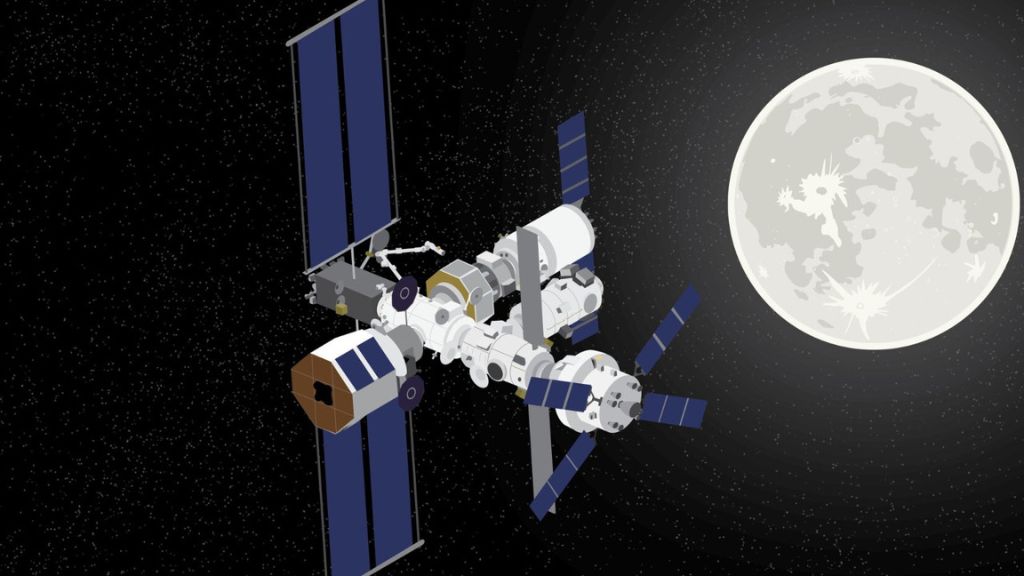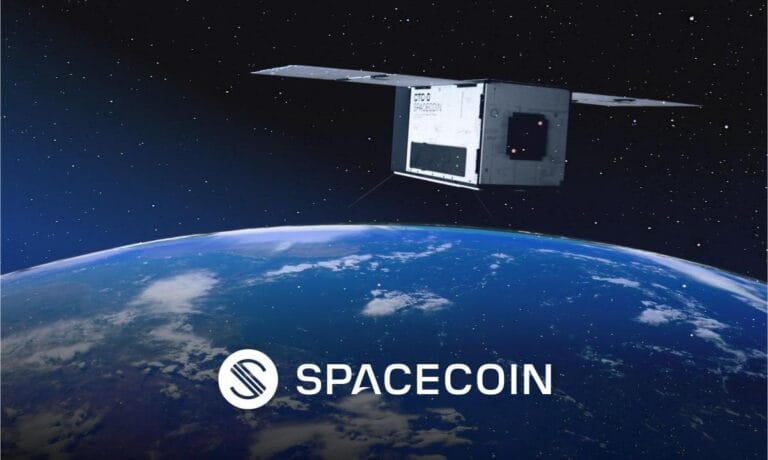
In an ambitious push towards becoming a dominant force in space exploration, China has unveiled a comprehensive plan that includes constructing a lunar space station and exploring habitable planets beyond our solar system by 2050. This announcement, made by China’s leading space bodies, marks a significant milestone in the nation’s space exploration timeline.
The China Academy of Sciences (CAS), alongside the China National Space Administration and the China Manned Space Agency, released details of this strategic roadmap earlier this week. The program outlines a phased approach to space exploration, with immediate plans focusing on enhancing its current space station operations, followed by manned lunar missions.
Phase One: Laying Foundations (Up to 2027)
- Continuation and enhancement of the Tiangong space station operations.
- Implementation of the manned lunar exploration project, with aims to land astronauts on the moon by 2029-2030, using the newly developed Long March 10 rocket.
- Launch of further planetary exploration missions, focusing on Mars, Jupiter, and beyond, to study planetary atmospheres and the potential for extraterrestrial life.
Phase Two: Lunar Base Development (2028-2035)
- Construction of the International Lunar Research Station (ILRS), which will serve as a base for scientific experiments on the lunar surface or in orbit. This phase signifies China’s commitment to international cooperation in space, with potential partnerships with countries like Russia.
Phase Three: Deep Space Exploration (2036-2050)
- Deployment of up to 30 additional space science missions aimed at exploring the extreme universe, including the detection of gravitational waves and studies on dark matter.
- The ultimate goal by 2050 is to position China as a world leader in space science, with capabilities to explore habitable exoplanets.
This new plan not only reinforces China’s intent to be at the forefront of space exploration but also its search for life beyond Earth, a quest that captures the essence of human curiosity about our place in the cosmos. Ding Chibiao, a vice president of the CAS, emphasized the importance of these missions in understanding the origins of the universe and exploring the potential for life elsewhere.
The lunar space station project, in particular, has stirred interest globally, as it proposes a collaborative platform for scientific research. While the United States has its Artemis program aimed at returning humans to the Moon, the overlapping interests in lunar south pole missions, where water ice is believed to exist, might necessitate future dialogues on space traffic and resource utilization.
As China moves forward with these plans, the world watches with bated breath. Will this herald a new era of space exploration where nations collaborate more closely, or will it ignite a new space race focused on lunar and extraterrestrial colonization? Only time will tell, but for now, China’s roadmap sets a bold vision for humanity’s next steps into the cosmos.






